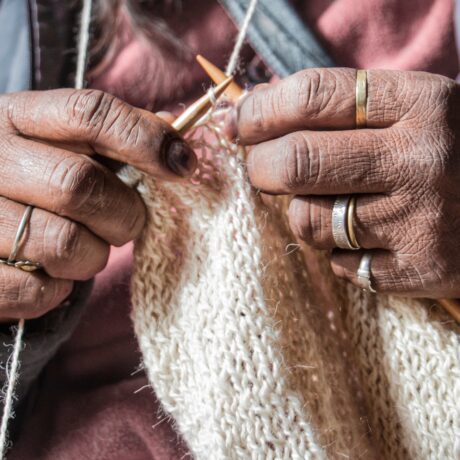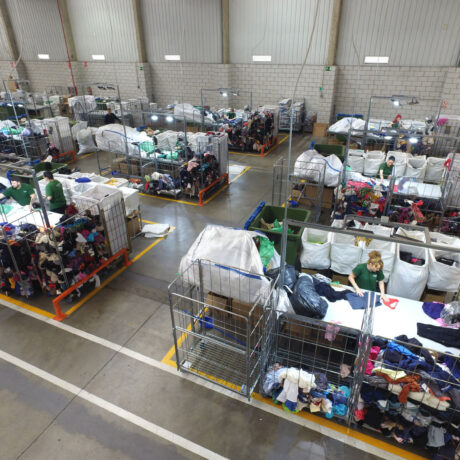Reflecting on Fashion Revolution Week 2016
Today marks the anniversary of the tragic Rana Plaza garment factory collapse in 2013. Since that day Fashion Revolution has been encouraging people to demand change from the industry so that accidents and exploitation become uncommon if not extinct.
There is no easy solution. There is not just one enemy, as there is not just one hero.
The fashion industry affects us all. It affects the people who work in it and the people who enjoy the fruits of that work. It has a huge impact both on our global environment and our personal space, from our high street to our individual wardrobe.
Fashion inspires very strong feelings – from disdain, anger, frustration to wonder, empowerment and love. We see Fashion Revolution as a safe place to discover the contradictions that affect this industry to its core. We see ourselves as a springboard and community for citizens to embark on an individual yet collective journey towards positive change. It is complicated, emotional and deeply important.
Fashion Revolution was always conceived, by its founding team, to be a platform for saying it as it is. We encourage and praise positive steps towards greater transparency, but also scrutinise and highlight where improvements need to be made.
Transparency is only the beginning – a tough, complex start
The Fashion Transparency Index was a big learning curve for us, not just because it showed us how few brands are actually willing to share information about their supply chains publicly (out of 40 brands we asked, only 10 initially replied) but because it reiterated the fact that the fashion terrain remains muddy and slippery, and the road to real change is uphill.
Our research looked at a tiny sliver of the fashion industry’s huge problems. We only investigated how transparency in supply chains is being publicly communicated. It showed us some good stuff, some bad stuff, and a lot of unknowns. This kind of research is tough, the scale of the industry is immense.
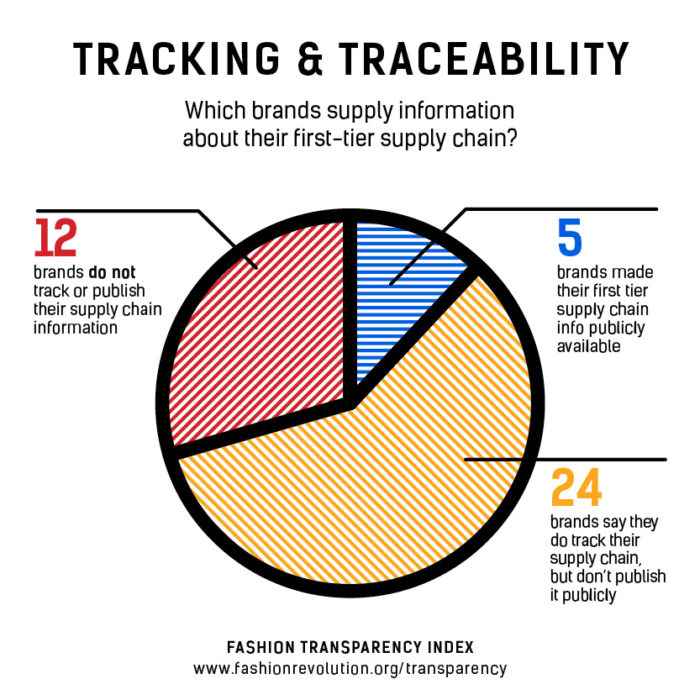
We worked with Ethical Consumer in the UK who has been benchmarking the practices of companies for 25 years. We are pleased to see that The Truth Behind The Barcode 2016 report and Oxfam Australia’s new research Still in the Dark, both looking at supply chain transparency in the Australian market, employed similar methodology and mirrors many of our findings.
What it showed us is that a few behemoths talk a lot about some of their supply chain issues, but most of the industry seems to be doing very little to ensure that people and the environment are protected throughout the value chain – or at least not sharing this information with their customers, which is really important.
In terms of trust in what brands tell us, we are a long way from knowing who we can rely on. But in terms of awareness, we have come a long way in ensuring that there is a demand for brands we can genuinely trust.
We are only at the beginning of this journey. There is much to learn. We will continue to ask brands #whomademyclothes. We will continue to let people know how much or how little information is publicly available. We will develop the Fashion Transparency Index to include more brands, ask more questions, work with more partners, refine the methodology, and strengthen our quest for more disclosure of the people and processes behind what we wear. Ultimately, when brands publish information about their supply chain activities, NGOs, the media and civil society can better hold them to account for the good and bad.
We must also remember that the fashion industry provides millions of people with employment, particularly women in the developing world, and our attention should focus on amplifying the need for jobs that are providing a decent living wage, dignity of toil to the producers and assurance that their workspace and their environment is safe, secure and adequately regulated.
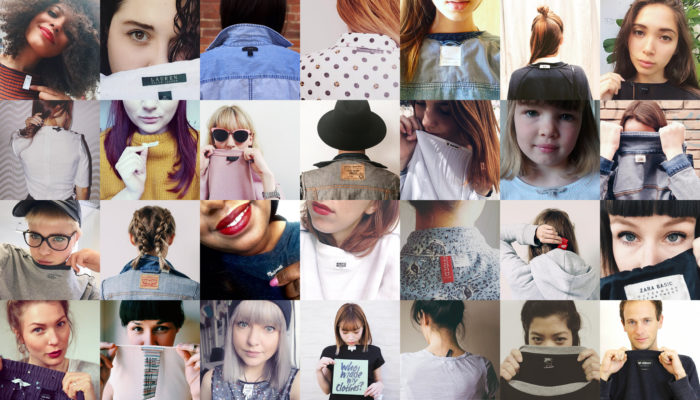
It’s more than just a week
We have been celebrating Fashion Revolution for a whole week this year, and we have been surprised and delighted at the actions and conversations over the past six days.
Films were made, dances choreographed, fashion shoots hacked, flags made, stunts experienced, public wardrobes opened. Our voices and stories were featured in the global press like never before: showing the world that fashion matters and that turning this industry into a force for good is a real priority.
Over the week we have been joined by celebrities and influencers like pro surfer Kelly Slater and his brand Outerknown, supermodel Amber Valletta, actress and activist Rosario Dawson, actor Jesuita Barbos, actress Bonnie Mbuli, style icon and fashion editor Caroline Issa, TV presenter and cook Melissa Hemsley, Italian Youtube vlogger Greta Menchi, journalists Elisabeth Cline and Marion Hume, and Queen of the Green Carpet Challenge Livia Firth, to name a few.
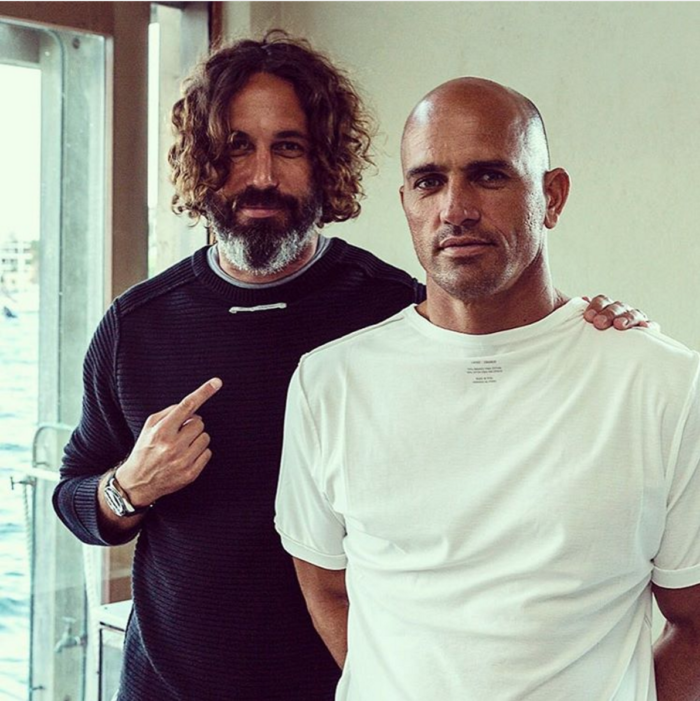
We have been incredibly inspired by how young people are talking about the issues. From hugely famous YouTubers to novice vloggers from all walks of life, the #haulternative project has proved to be as engaging this year as it was last year, a true global phenomenon.
CutiePieMarzia’s contribution already has over 250,000 views in two days with one of her fans commenting
“thanks to you for inspiring me and educating me on where my clothes actually come from.”
And people have shared some fantastic Love Stories about their clothing with the world, a reminder that what we already have in our wardrobes deserves our attention and respect.
This year university students from all countries have signed up to become Fashion Revolution Student Ambassadors and using our engaging education resource platform has instigated creative and thought provoking events and actions around the world.
We have also seen a number of fashion brands getting involved and some attempting to answer the public’s #whomademyclothes requests: such as Marimekko, GStar Raw, Winter Water Factory, Warehouse, ARMEDANGELS, Levi Strauss, Honest by, People Tree, Veja, Ginger & Smart, Boden, Irregular Choice as well as many others.

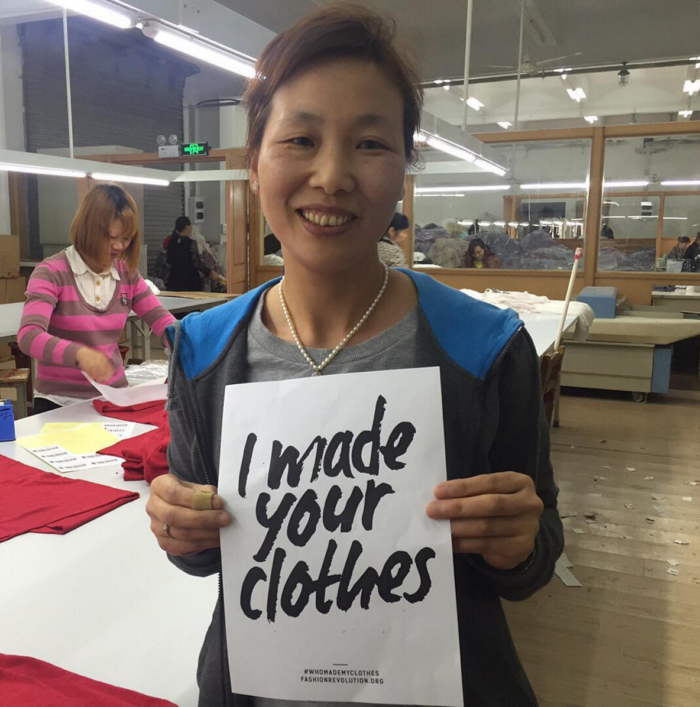
There has been some provocative and educational global media coverage about the need for greater transparency in the fashion industry, including the Sydney Herald Tribune, Estadão, Dazed magazine, i-D, Refinery29, Vice News, Grazia Spain, The Pool, The Telegraph, Bustle, The Independent, Vogue Italia and others.
Our scale is our strength
Fashion Revolution is truly a global movement that relies on the dedicated efforts of our Country Coordinators. All 89 of them have worked tirelessly and brilliantly to engage their constituencies in original, effective and powerful ways. We talk a lot about the true heroes and the invisible workforce behind the clothes we wear. Well, our Country Coordinators too are the true heroes, the force that runs Fashion Revolution.
Together, we will keep on working to make small, large and important steps towards an industry that values people, planet, profit and creativity in equal measure.




